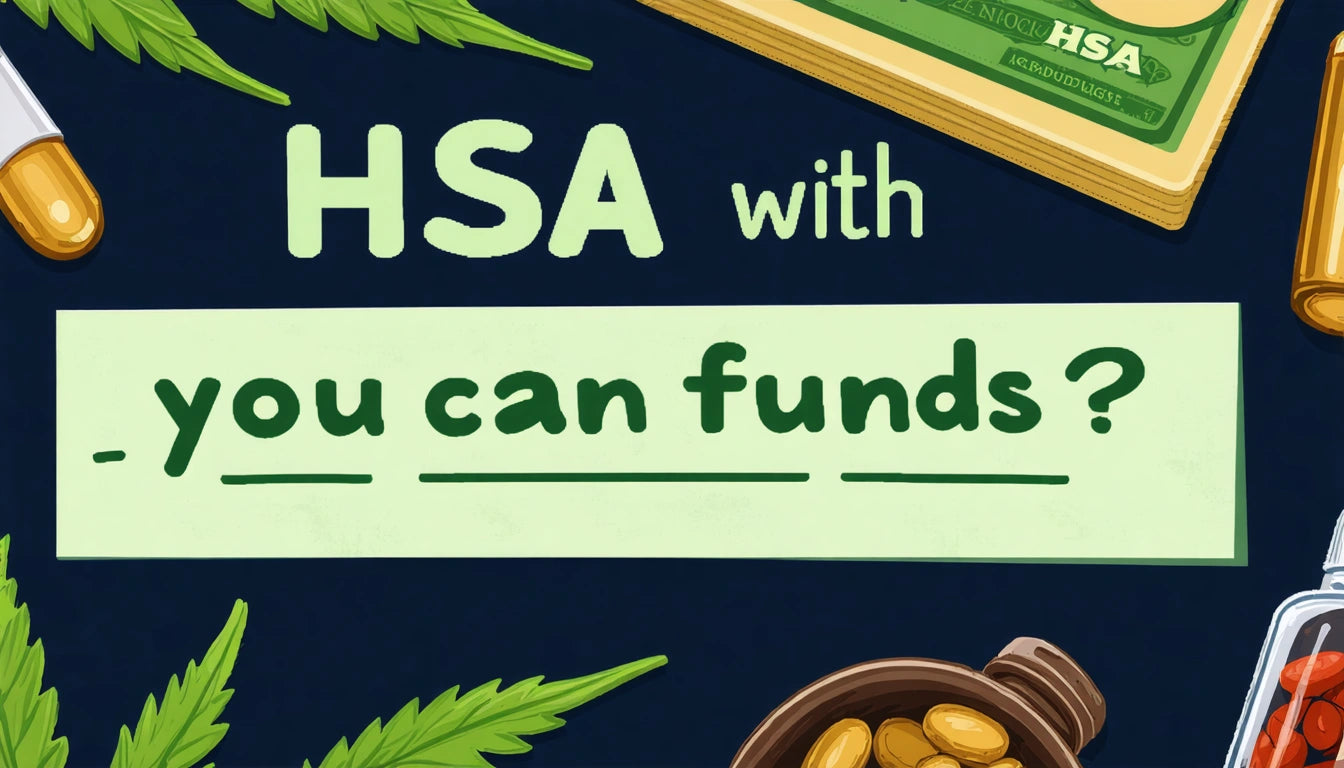Table of Contents
Can Marijuana Consumption Cause Nausea and Vomiting?
While marijuana is often used to alleviate nausea and vomiting, particularly in medical contexts, it can paradoxically cause these same symptoms in some users. This dual nature of cannabis creates confusion among consumers who may experience unexpected digestive distress after consumption. Understanding why and how cannabis can trigger nausea is essential for both recreational and medical users.
The Marijuana Nausea Paradox: Both Cause and Cure
Cannabis contains compounds that interact with the body's endocannabinoid system, which plays a role in regulating nausea and vomiting. THC, the primary psychoactive component, can help reduce nausea by binding to CB1 receptors in the brain. However, this same interaction can sometimes trigger the opposite effect, especially with frequent or heavy use.
Research indicates that while low to moderate doses may suppress nausea, higher doses or chronic use can actually induce it. This biphasic effect (having opposite effects at different doses) explains why some people find relief from nausea with cannabis while others experience it as a side effect.
Cannabinoid Hyperemesis Syndrome (CHS) Explained
Cannabinoid Hyperemesis Syndrome (CHS) is a condition characterized by recurring episodes of severe nausea, vomiting, and abdominal pain in long-term, regular cannabis users. First identified in 2004, CHS typically occurs in three phases:
- Prodromal phase: Mild morning nausea, abdominal discomfort, and fear of vomiting
- Hyperemetic phase: Intense and persistent vomiting, abdominal pain, and reduced food intake
- Recovery phase: Symptoms resolve after cessation of cannabis use
A distinguishing feature of CHS is temporary relief from hot showers or baths, which many patients discover independently. Unfortunately, many CHS sufferers increase their cannabis consumption believing it will help their symptoms, which actually worsens the condition.
Who's at Risk for CHS?
CHS primarily affects daily, long-term cannabis users, typically those who have used cannabis for several years. The exact prevalence is unknown, but studies suggest it may affect a significant portion of regular users. Risk factors include:
- Daily or near-daily cannabis use
- Long-term use (usually years)
- Use of high-potency cannabis products
- Genetic predisposition (suspected but not confirmed)
Factors Affecting Marijuana-Induced Nausea
Several factors can influence whether cannabis consumption leads to nausea and vomiting:
1. Consumption Method
How you consume cannabis matters. Smoking can irritate the throat and lungs, potentially triggering a gag reflex or nausea. Edibles, which are processed through the digestive system, may cause more pronounced gastrointestinal effects.
2. Dosage
Higher doses of THC are more likely to cause adverse effects, including nausea. This is particularly relevant with today's high-potency products.
3. Individual Tolerance
Cannabis affects everyone differently based on their endocannabinoid system, metabolism, and prior exposure. New users often experience more pronounced side effects.
4. Product Quality
Contaminants like pesticides, mold, or residual solvents in cannabis products can cause nausea and other adverse reactions.
Why Edibles May Cause Nausea and Vomiting
Edibles deserve special attention when discussing cannabis-induced nausea. Many users report that edibles make them throw up more frequently than other consumption methods. This occurs for several reasons:
- Delayed onset: The effects of edibles take longer to appear (30 minutes to 2 hours), leading some users to consume more before the initial dose takes effect
- Stronger and longer-lasting effects: When THC is processed by the liver, it converts to 11-hydroxy-THC, which is more potent and has stronger effects on the body
- Difficulty with dosing: Inconsistent distribution of cannabinoids in homemade edibles can lead to unexpectedly high doses
- Interaction with digestive system: Edibles directly interact with the digestive tract, potentially causing more pronounced gastrointestinal effects
For those who have experienced nausea from edibles, starting with very low doses (2.5-5mg THC) and waiting at least two hours before consuming more can help reduce the risk of adverse reactions.
Managing Marijuana-Induced Nausea
If you experience nausea or vomiting after using cannabis, several approaches may help:
Does Throwing Up Help If You're Too High?
While vomiting might provide temporary relief by removing some unabsorbed cannabis (particularly with recently consumed edibles), it won't significantly reduce the effects of THC already in your bloodstream. Better approaches include:
- Hydrating with water or clear fluids
- Consuming black pepper (which contains terpenes that may counteract THC effects)
- Taking CBD, which can moderate THC's effects
- Resting in a calm, comfortable environment
- Using ginger or peppermint tea to settle the stomach
When to Seek Medical Help
Seek medical attention if you experience:
- Severe, persistent vomiting
- Inability to keep fluids down
- Signs of dehydration (extreme thirst, dry mouth, dizziness)
- Severe abdominal pain
- Vomit that contains blood
For suspected CHS, the most effective treatment is cessation of cannabis use. Most patients see improvement within 24-48 hours of stopping, with complete resolution in 7-10 days.
Safety and Prevention Measures for Cannabis Consumers
To reduce the risk of cannabis-induced nausea and other adverse effects, consider these preventative measures:
- Start with low doses and increase gradually
- Choose products with balanced THC:CBD ratios
- Keep track of which products and doses work best for you
- Ensure proper storage of cannabis products, especially in households with children
- Purchase products from licensed, reputable sources
Safety extends beyond personal consumption practices. If you have cannabis products at home, proper storage is essential. Regulatory standards for child-resistant packaging help prevent accidental ingestion, which is particularly important given the candy-like appearance of many edibles.
Understanding both the therapeutic potential and possible adverse effects of cannabis allows consumers to make informed decisions about their use. While cannabis can indeed cause nausea and vomiting in some circumstances, awareness of risk factors, responsible consumption practices, and recognition of warning signs can help users navigate these challenges safely.











Leave a comment
All comments are moderated before being published.
This site is protected by hCaptcha and the hCaptcha Privacy Policy and Terms of Service apply.